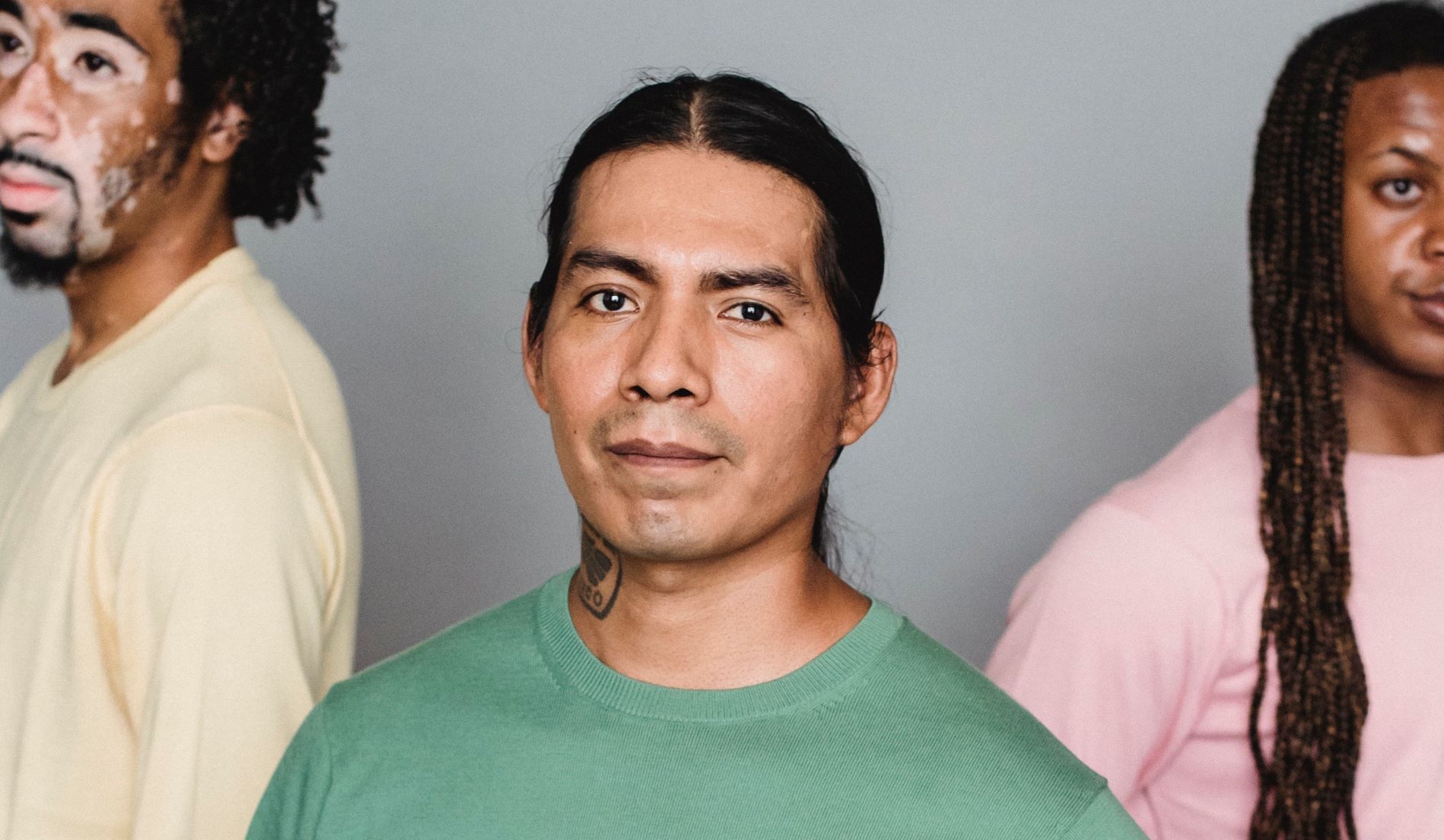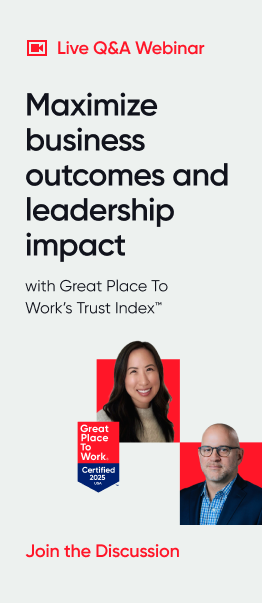API Employees, Belonging, Diversity & Inclusion
For most of us, Thanksgiving is celebrated with family, friends, and a table full of food. For many, it’s a time to reflect and give thanks. For some, it’s about belonging.
Sadly, company culture diversity and inclusion efforts are falling short for our American Indian and Alaska Native (AIAN) peers.
Native American employees & belonging in the workplace
While other marginalized groups are gaining representation in the workforce, the AIAN population remains underrepresented. According to the Bureau of Labor Statistics (BLS), the unemployment rate for Native Americans tends to be roughly double the rate among the total population. Between 2013 and 2019, American Indian and Alaska Native employees experienced 2x less growth in workforce representation than all other ethnic minority groups.
As a result, many Indigenous employees do not feel a strong sense of belonging in the workplace.
What does it mean to belong in the workplace?
In the context of the workplace, belonging is the accumulation of day-to-day experiences that enables people to feel safe and bring their full, unique selves into their work.
When diversity, equity, and inclusion thrive, people feel their unique perspectives and lived experiences are recognized, accepted, and embraced. In other words, they feel like they belong.
We at Great Place To Work® studied employee survey data to understand how Indigenous peoples are experiencing their workplaces.
We analyzed 526,368 survey responses where employees rated their experiences of 60+ workplace experiences including equitable treatment, effective leaders, social support, and feeling involved in decisions. We also measure the degree to which employees feel a sense of belonging at work, as measured through factors such as whether employees feel that:
- They can be themselves at work
- They are psychologically safe
- Management shows interest in their well-being, not just as an employee
Our research on belonging reveals that employees experience a greater sense of inclusion and belonging with an increase in managerial level. As employees gain more responsibility and status, they feel more accepted.
This is true for every minority group, except AIAN or Indigenous employees. In fact, a sense of belonging decreases for Native American and Alaska Native employees as they move up in the organization. What’s more, American Indians and Alaska Natives report the lowest levels of belonging at each level.
Compared to White employees, Indigenous employees feel a weaker sense of belonging:
- 3x less belonging at the individual contributor level
- 5x less belonging at the frontline manager level
- 9x less belonging at mid-level manager level
- 7x less belonging at the executive level
Why AIAN employees struggle with belonging
People feel a sense of belonging when they find similarities with others. When a person feels different from their peers, their sense of belonging is weakened.
“Belonging…takes shape on the grounds of shared experiences,” according to Marianna Pogosyan, Ph.D., a lecturer in cultural psychology at the University of Amsterdam who specializes in the psychology of cross-cultural transitions.
Finding colleagues with shared experiences is exceptionally difficult for Indigenous peoples. Like all groups of people, Indigenous peoples lead multidimensional lives. Many factors play a role in their lived experiences, including (but not limited to) their tribal affiliation, their connection to community, and their cultural identity and knowledge.
Creating a safe space for diverse cultures and religions is one way to foster a sense of belonging in your workplace. You could do this by giving employees time off for their holidays or celebrate cultural awareness months, like Native American Heritage Month.
What is Native American Heritage Month?
Since 1990, the month of November has been declared National Native American Heritage Month. According to the National Congress of American Indians, this is a “time to celebrate rich and diverse cultures, traditions, and histories and to acknowledge the important contributions of Native people.” 2022’s theme is, “Resilient and Enduring: We Are Native People.”
According to the U.S. Department of Interior, for almost one hundred years, there was a push to have the nation permanently designate “a special place on the calendar to honor the contributions, achievements, sacrifices, and cultural and historical legacy of the original inhabitants of what is now the United States and their descendants: the American Indian and Alaska Native people.”
Celebrate cultural events such as Native American Heritage Month
Employers can use Native American Heritage Month as a time to encourage employees to:
- Learn more about tribes
- Raise awareness about the unique challenges Indigenous people have faced both historically and in the present
- Discover how tribal citizens have worked to conquer these challenges
The National Park Services encourages people to join the conversation on social media by using #IndigenousHeritageMonth or #NativeAmericanHeritageMonth “Explore the stories in honor of Native American Heritage Month, but also find resources to learn about Indigenous history and heritage in national parks year-round,” says the National Parks Services.
Celebrating Native American Heritage Month is just one way to honor your AIAN workforce. But asking them how they’d like to be honored matters, too.
Video: Brett Bucktooth, supplier diversity manager at Ongweoweh Corp explains how supporting Native American communities is a big source of workplace pride for him.
Too often, leaders try to improve the experience for employees from a marginalized group, but neglect to engage that group until after choosing and implementing a solution. A more thoughtful approach to improving Indigenous employees’ workplace experience starts with questions, rather than answers.
“Focus on making space and taking time to listen to the voices of Indigenous employees,” says Tony Bond, EVP & chief innovation officer at Great Place To Work. “Unless you are a member of the marginalized group, it’s almost impossible to know what it’s like to be in their world. Resist the temptation to fix things and instead listen to their stories.”
4 Ways to support Native Americans in the workplace
Our Certified™ workplaces offer great examples of how to support Native Americans in the workplace and community:
1. Career summits targeting AIAN graduates
In 2021, Dow hosted its 15th annual BEST Symposium, which is primarily intended to introduce Black, Hispanic, and Native American U.S. doctoral and postdoctoral scientists to the wide range of rewarding careers in industrial research and the many opportunities at Dow.
The program is now led almost exclusively by former BEST participants who are now Dow employees, looking to give back to the program. In 2021, 28 candidates attended the BEST Symposium, and Dow extended 16 full-time offers with 13 acceptances — the highest number of BEST hires in a single season.
2. Free skills and learning workshops for community groups
Micron Technology hosts free, virtual Tech Camps where Micron team members teach more than 400 students across the U.S. about semiconductors. Dozens of campers were from vulnerable, underserved communities.
“We worked with groups that serve underprivileged children, Native American tribes in Idaho, the refugee community and groups such as Techbridge Girls,” says Dee Mooney, Micron Technology Foundation executive director. “We mailed laptops to children who didn’t have them, and then met with them virtually to be sure the machines were set up properly.”
3. Financial literacy and wellness programs
Discover Financial Services supports the First Nations Development Institute to help Native Americans with the basics of financial management, financial markets, and financial instruments for borrowing and saving to create brighter financial futures for themselves and their families.
With Discover’s support of financial wellness programs, First Nations Development Institute provided webinars, virtual training and workshops on topics including: Financial Skills for Families, Fraud Awareness, COVID-19 Scams, The Coronavirus in Indian Country, and Building Native Communities.
4. Start a Native American Employee Resource Group (ERG)
Employee Resource Groups (ERGs) are voluntary, employee-led groups that have the goal of creating a diverse, inclusive workplace at their organization. Typically, they are led and participated in by employees who share a characteristic (gender, ethnicity, religious affiliation, lifestyle, or interest).
Examples of Native American Employee Resource Groups
Some of our Certified workplaces have active ERGs for — and by — Indigenous employees:
Visa Inc. has a Native American ERG, in addition to 10 other ERGs. Every month, Visa hosts an Ice Cream Social in a different location across the U.S., in partnership with the Return to Office team, and Visa’s ERGs.
All ERGs participate at the Ice Cream Social as a way to foster inclusion and belonging, and build awareness among employees and senior leadership. ERG leaders set up booths, encourage employees to learn more about each of the ERGs, and employees can sign-up to become a member.
Synchrony Financial’s culture is driven by bringing honest conversations to the forefront and making sure everyone’s voices and ideas are heard. Currently, 60% of its workforce (more than 10,000 employees) belong to one of eight Diversity Networks+, including the Native American Network+, which helps the company lean into conversations with employees around race, social injustice, politics, and more — driving awareness and education across its organization.
In 2021, Adobe Systems Incorporated launched the Indigenousemployee network, which focuses on enabling, empowering, and connecting Indigenous people and allies around the world. Spanning three continents, the Indigenous/First Nation ERG amplifies issues that are important to the community, educates allies, and spotlights employee stories.
Create a working environment where employees feel like they belong
Sign up for our newsletter to get more insights about how to improve diversity, equity, inclusion & belonging.
Does your company create a culture where employees feel seen? See how to earn the Great Place To Work Certification™.











